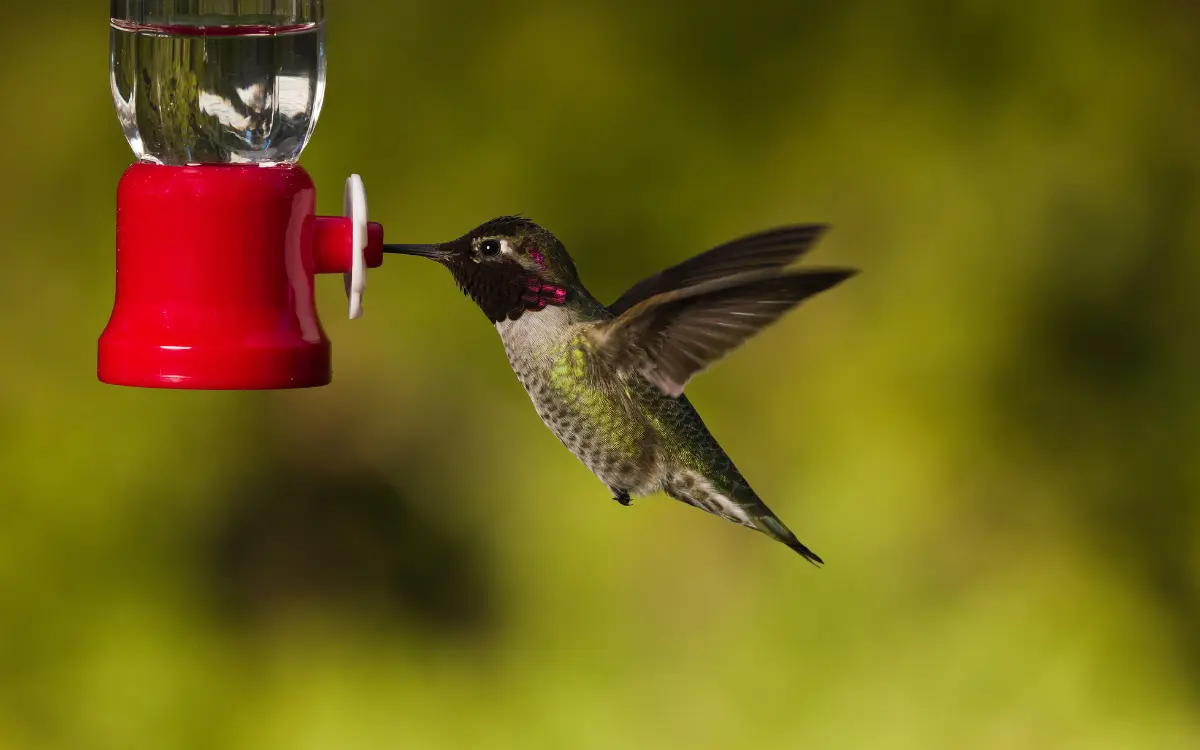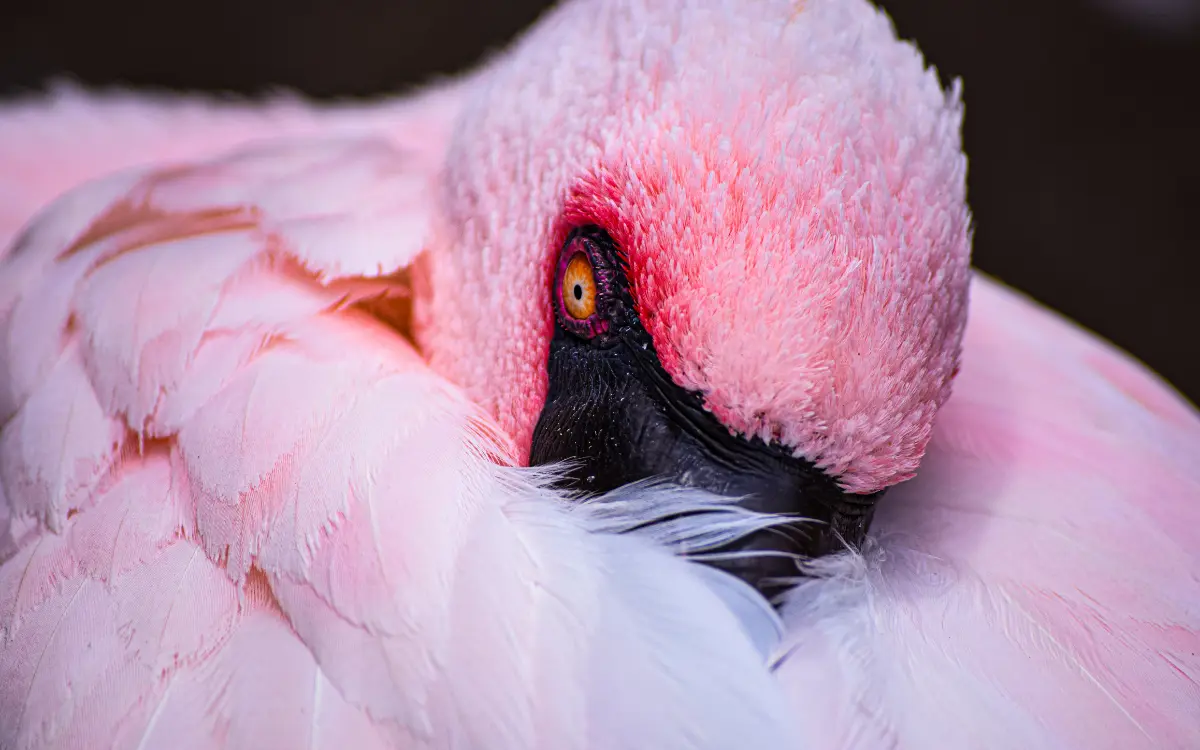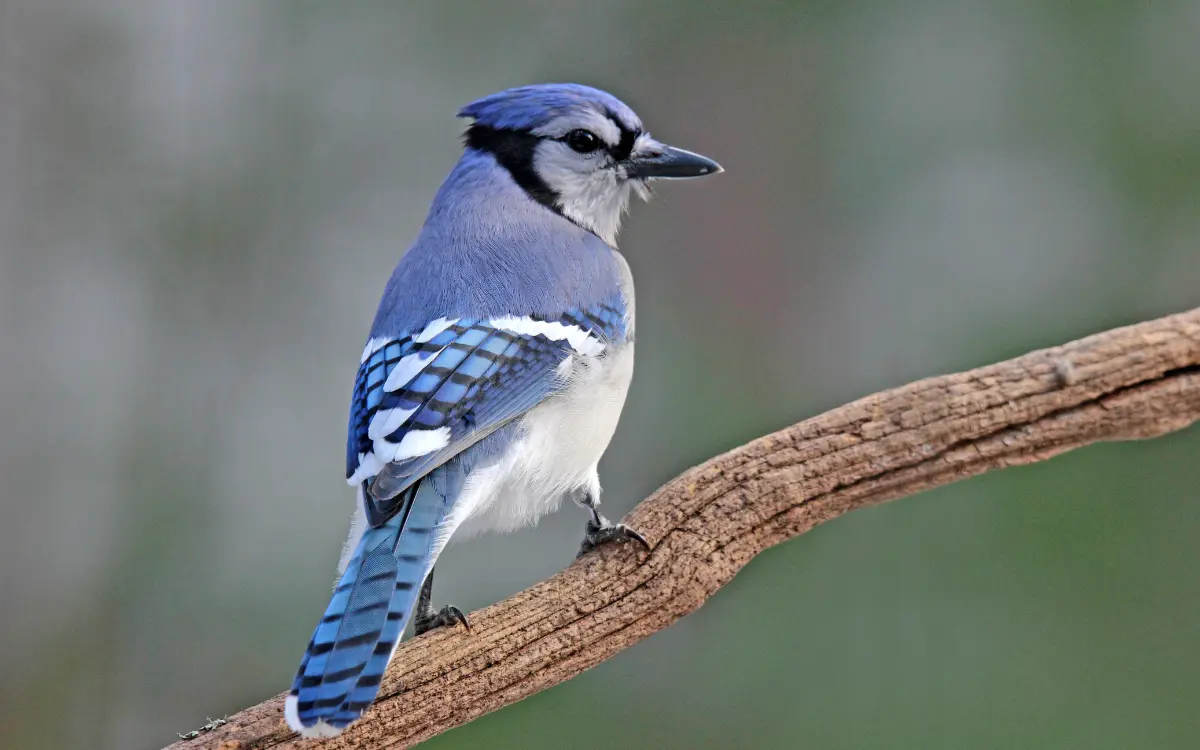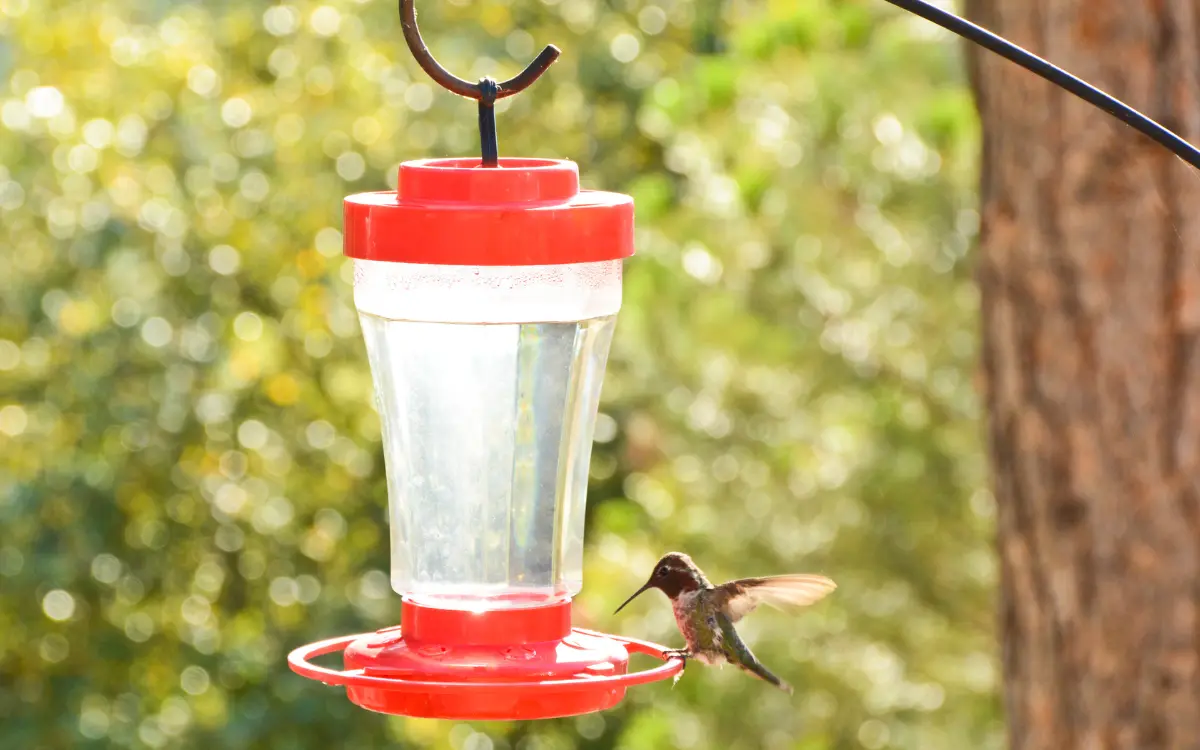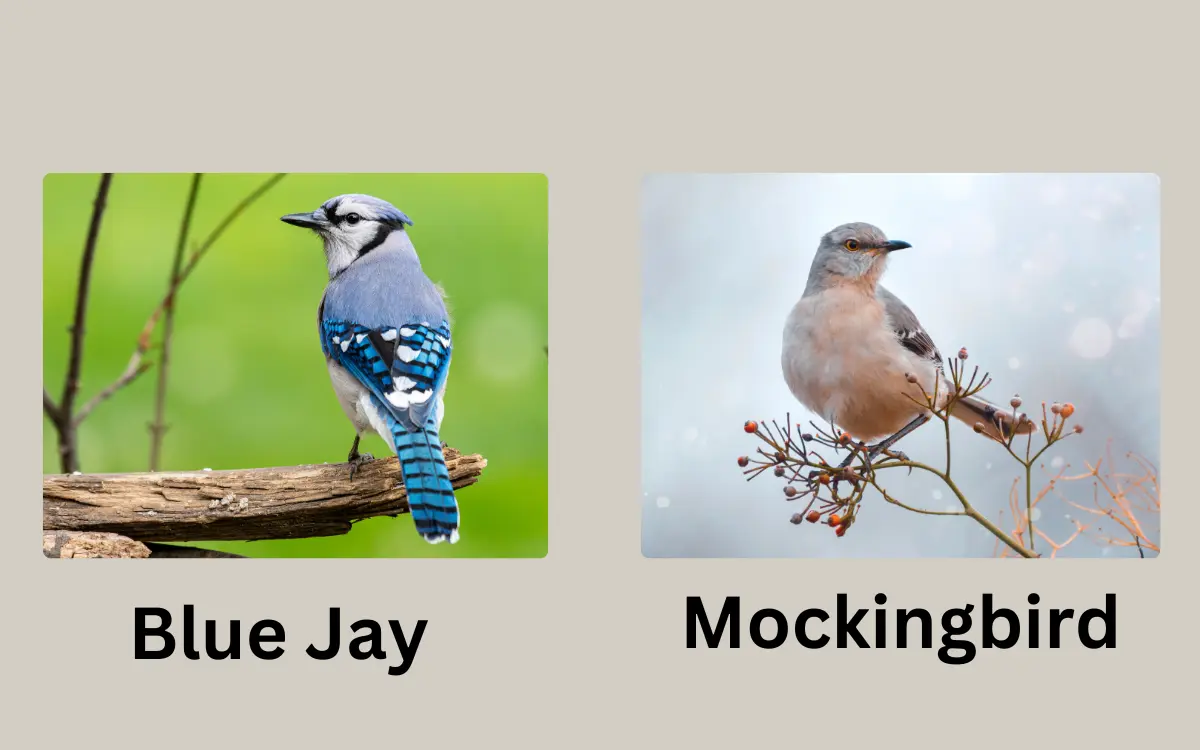White Ibis vs Glossy Ibis: How to Tell Them Apart
Spotting a long-legged wading bird with a curved bill in wetlands or coastal marshes often sparks curiosity was it a White Ibis or a Glossy Ibis? These two species share similar shapes and habitats, but their plumage, bill color, and behavior make them quite different once you know what to look for. This guide highlights the key distinctions to help you identify them in the field.
Appearance
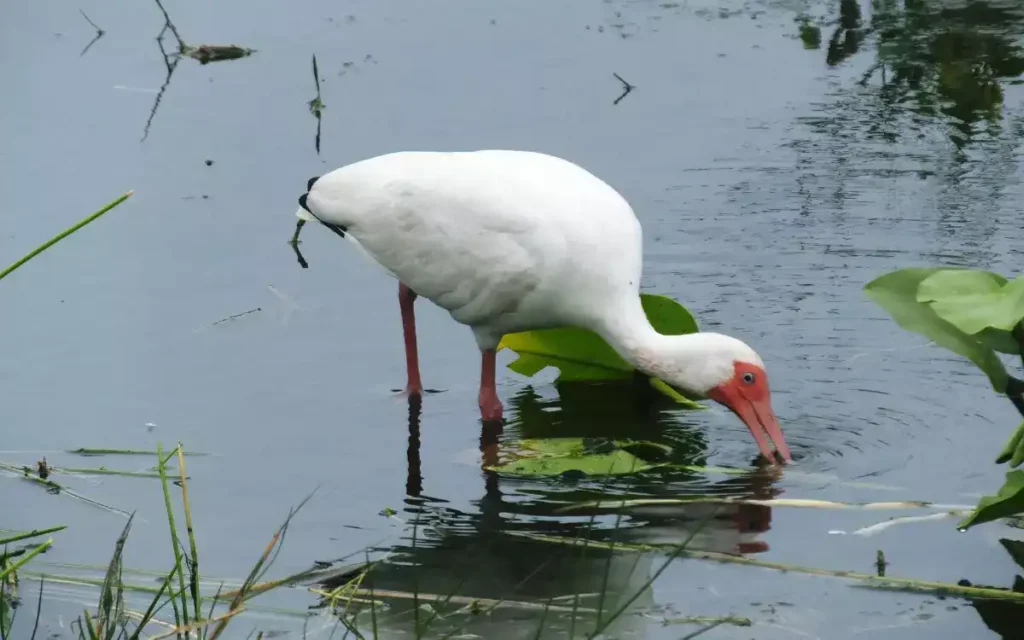
White Ibis
- Plumage: Bright white feathers with black wing tips visible in flight
- Bill: Long, curved, pinkish-red bill
- Legs: Pink to reddish legs
- Eyes: Blue eyes stand out against the red face
Glossy Ibis

- Plumage: Dark, shimmering bronze-green and purplish feathers
- Bill: Long, curved, grayish bill
- Legs: Dark gray to greenish legs
- Eyes: Dark reddish-brown eyes, blending with face color
Comparison Table
| Feature | White Ibis | Glossy Ibis |
| Plumage | White, black wing tips | Iridescent bronze, green, purple |
| Bill Color | Pink-red | Grayish brown |
| Leg Color | Pink-red | Dark gray/greenish |
| Eye Color | Blue | Dark reddish brown |
| Size | ~22–27 in | ~19–26 in |
Habitat and Range
White Ibis
- Found mainly in the southeastern U.S., Caribbean, and Central America
- Prefers coastal marshes, estuaries, and tidal flats
- Frequently seen in urban parks and lawns searching for insects
Glossy Ibis
- Range across southeastern U.S., Central and South America, Europe, Africa, Asia
- Strongly tied to freshwater wetlands, flooded fields, and marshes
- Less common in urban settings compared to the White Ibis
Read also: Scrub jay vs pinyon: Comparison
Feeding Behavior
White Ibis
- Feeds by probing mud and shallow water with its curved bill
- Eats insects, crustaceans, snails, and small fish
- Often forages in large flocks, including mixed groups with other waders
Glossy Ibis
- Similar probing behavior, but more often in freshwater habitats
- Diet includes aquatic insects, frogs, and small invertebrates
- Typically feeds in smaller, tighter groups than White Ibis
Breeding and Nesting
- White Ibis: Builds stick nests in trees or shrubs near water, nesting in large colonies with thousands of pairs
- Glossy Ibis: Nests in dense marsh vegetation or low shrubs, also in colonies but often mixed with herons and other ibis species
Conservation Status
- White Ibis: Stable, populations thrive in the southeastern U.S., though vulnerable to wetland loss
- Glossy Ibis: Also stable globally, but local populations fluctuate depending on wetland health and water levels
Which One Are You More Likely to See?
- Near coastlines and in city parks: More likely a White Ibis
- Inland freshwater wetlands: More likely a Glossy Ibis
- Remember: White = White Ibis. Dark and iridescent = Glossy Ibis.
Read also: Blue Jay vs Scrub Jay: Identification, Range, Behavior & Traits
FAQs
Are White Ibis and Glossy Ibis related?
Yes, both belong to the ibis family and share similar feeding habits, but they differ in coloration and range.
Which ibis is more common in the U.S.?
The White Ibis is more widespread in the southeastern states, while the Glossy Ibis has a patchier distribution.
How do I tell them apart in flight?
The White Ibis shows black wing tips, while the Glossy Ibis appears uniformly dark with a shimmering hue.
Do White and Glossy Ibis ever feed together?
Yes, in overlapping regions, they may be seen foraging side by side in wetlands.
Are both species migratory?
Yes, both migrate, but White Ibis tend to move shorter distances, while Glossy Ibis populations can make longer seasonal movements.

